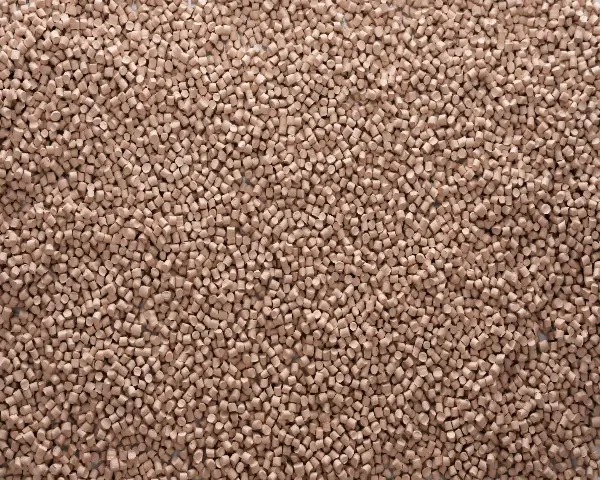
Rubber is a versatile material used in various industries, from automotive and construction to consumer goods and medical devices. There are two main types of rubber: synthetic rubber and natural rubber. In this article, we will explore the pros and cons of each kind of rubber. View it now to get information about synthetic rubber manufacturers.
Natural rubber:
Pros::
Biodegradable:
Natural rubber is biodegradable, which means microorganisms and other natural processes can break it down. This makes it an environmentally friendly material that can be recycled and reused.
Elasticity:
Natural rubber has excellent elasticity, which means it can stretch and return to its original shape without losing its properties. This makes it an ideal material for use in applications where flexibility and durability are essential.
Resistance:
Natural rubber is resistant to abrasion, tear, and wear, making it an ideal material for use in applications that require durability and toughness.
Cons:
Price:
Natural rubber is more expensive than synthetic rubber due to the limited supply and high demand. This can make it cost-prohibitive for some industries.
Sensitivity:
Natural rubber can cause allergic reactions in some people. This can be a problem for industries that use natural rubber products, such as medical devices and gloves.
Synthetic rubber:
Pros:
Versatility:
Synthetic rubber is a versatile material that can be customized to meet the specific needs of different industries. It can be made with other properties, such as flexibility, resistance, and durability, making it an ideal material for various applications.
Availability:
Synthetic rubber is readily available and can be produced in large quantities, making it more affordable than natural rubber.
Resistance:
Synthetic rubber is resistant to chemicals, oils, and other harsh substances, making it an ideal material for use in industrial applications where exposure to these substances is common.
Cons:
Environmental impact:
Synthetic rubber is made from petroleum-based materials with a significant environmental impact. The production of synthetic rubber involves using fossil fuels, which contribute to greenhouse gas emissions and other environmental issues.
Biodegradability:
Unlike natural rubber, synthetic rubber is not biodegradable and can take hundreds of years to decompose. This can be a problem for industries that use synthetic rubber products, such as automotive and construction.
Lack of elasticity:
Synthetic rubber is not as elastic as natural rubber, so it may need to be more flexible and durable in certain applications.


